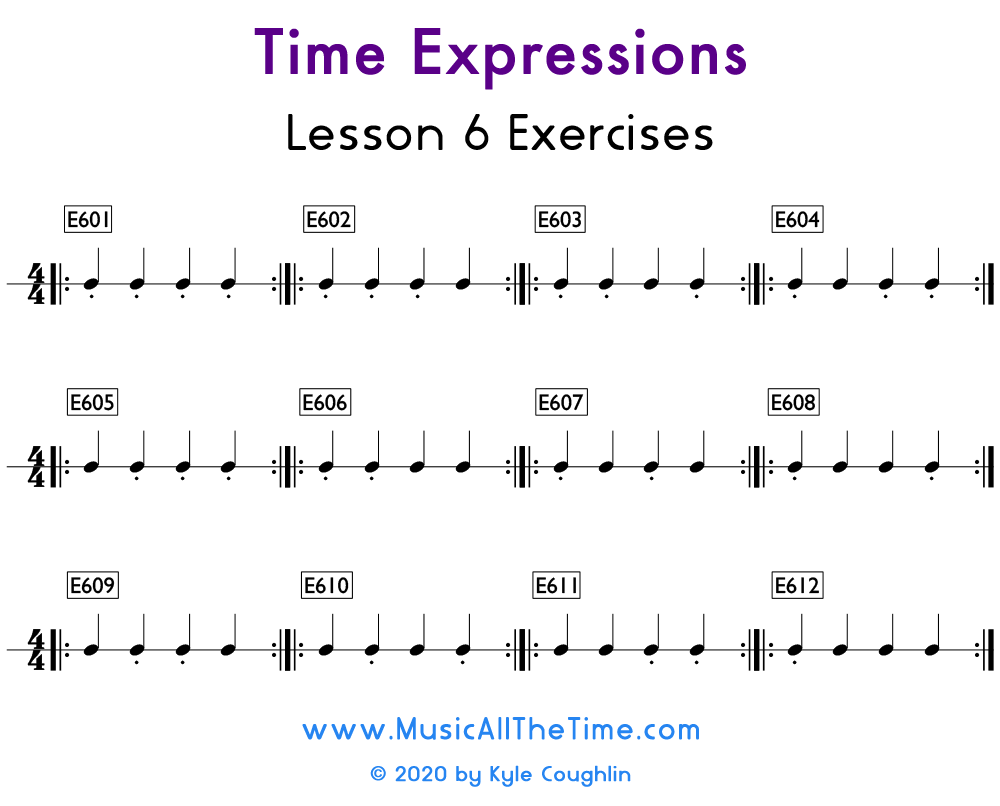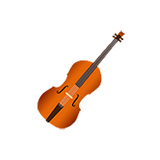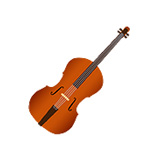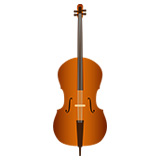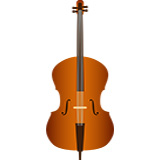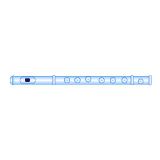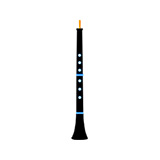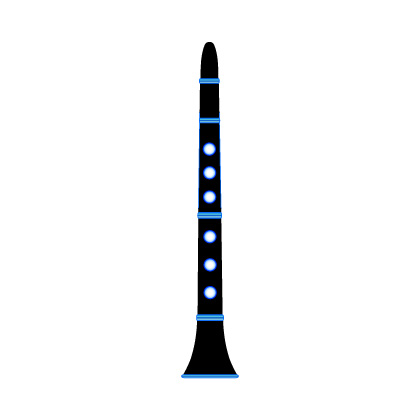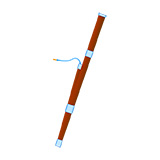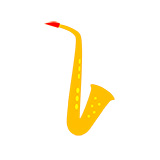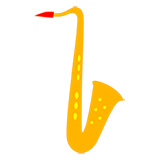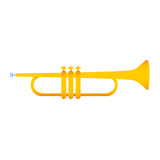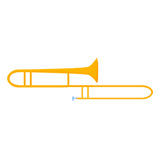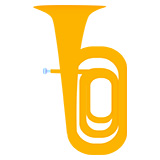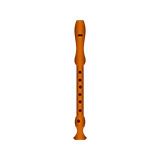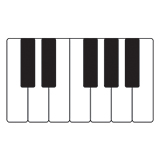
Home - Time Focus Music Method - Time Expressions
How to Play Staccato Notes
Staccato is another Italian term that we see frequently in music. It literally translates to English to mean “detached.” Staccato is notated with a dot placed directly above or below a notehead, as shown below. Scroll down for sample practice exercises from lesson 6 of the Time Expressions book.

While staccato markings are used to indicate that there should be separation between the notes, the actual length of the separation can vary, depending on the style and period of the music being played, the musical interpretation of the performers, and the instrument that they are playing.
A good way to begin practicing staccato is to treat each note as if it is equal to half of its note value, followed by half of its rest value. In other words, a staccato quarter note would be played like an eighth note followed by an eighth rest, as shown below.

In some styles of music, staccato notes are played like the example above. However, in other styles of music, the staccato notes might be played shorter or longer.
In these exercises, the notes without staccato should be played their full length with a smooth and connected articulation (legato) to create a contrast with the staccato notes. To get the staccato exercises, melodies, and duets written for your specific instrument, you can purchase the Time Expressions book. You can also get a free sample of Lesson 1 of the book.
Part 2 - Articulations
Lesson 5 - Slurs
Lesson 6 - Staccatos
Lesson 7 - Accents
Lesson 8 - Putting It Together - Articulations and Dynamics
